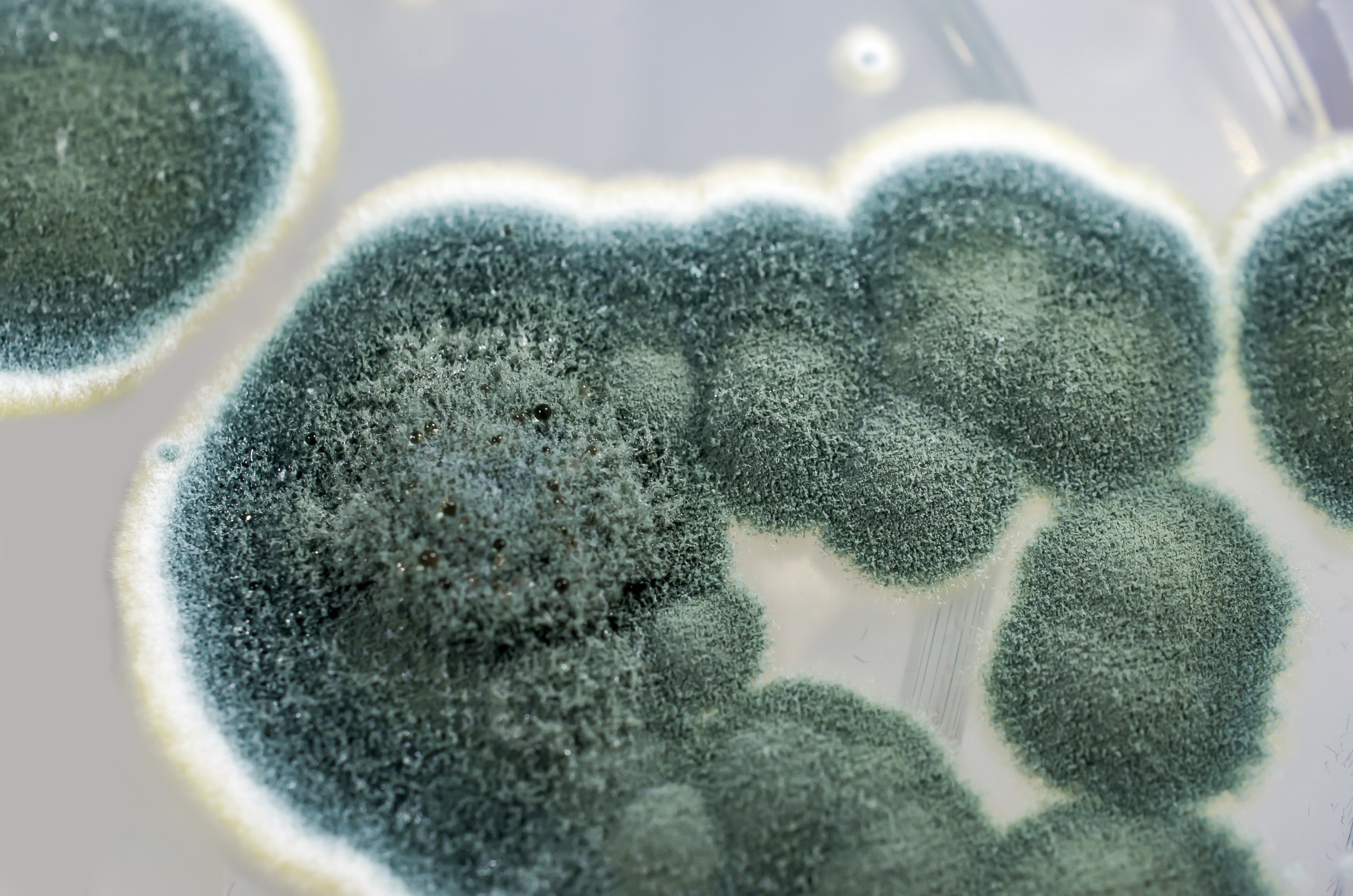 Study: Exploring the antimicrobial, antioxidant, anticancer, biocompatibility, and larvicidal activities of selenium nanoparticles fabricated by endophytic fungal strain Penicillium verhagenii. Image Credit: KaterynaKon/Shutterstock.com
Study: Exploring the antimicrobial, antioxidant, anticancer, biocompatibility, and larvicidal activities of selenium nanoparticles fabricated by endophytic fungal strain Penicillium verhagenii. Image Credit: KaterynaKon/Shutterstock.com
Background
Although selenium is one of the micronutrients essential for human health and for the growth of microorganisms, inorganic and organic selenium compounds have a very narrow range for safe consumption, and excess intake can result in toxicity.
Nanoparticles generally have physical and chemical properties distinct from their bulk counterparts and are relatively more compatible with organs and tissues. Therefore, selenium nanoparticles are believed to be safer and less toxic to humans than inorganic or organic selenium.
Fungal and plant-related biological pathways have been extensively explored to determine environmentally safe and sustainable modes of nanoparticle production.
Recent research has reported that endophytic fungi efficiently produce the active metabolites needed for the stable manufacture of nanoparticles and produce these metabolites in significantly higher quantities than non-endophytic fungi.
Furthermore, not only do endophytic fungi produce various secondary metabolites such as alkaloids, flavonoids, cyclopeptides, and saponins within host plants, but they also share antimicrobial, anticancer, anti-inflammatory, and other biological properties with their host plants.
About the study
The present study used endophytic fungi isolated from healthy garlic roots to explore their nanoparticle biosynthesis potential. Garlic or Allium sativum has been an essential part of traditional medicine, with ancient Egyptians using it to treat rhinitis, snake bites, and heart diseases, and ancient Greeks using garlic for intestinal and pulmonary problems. Garlic was also used to treat wounds and ulcers during World War II.
Garlic has various medicinal applications for its antimicrobial, antifungal, antihypertensive, anticancer, antipyretic, antioxidant, and anticonvulsant properties.
The four endophytic fungal strains isolated from the garlic roots comprised the AR.1 and AR.4 strains of Penicillium species, Alternaria alternata, and Aspergillus niger. Each endophytic fungal strain was inoculated separately and analyzed to determine its efficacy as a biocatalyst in fabricating selenium nanoparticles.
Ultraviolet–visible (UV-Vis) spectroscopy was used to monitor color change to detect the strain with the maximum surface plasmon resonance to identify the most potent strain.
The internal transcribed spacer (ITS) genes of the most potent strain of endophytic fungi, Penicillium species AR.1, were amplified and sequenced for molecular identification.
Published sequences on the GenBank database were compared with those generated in the present study, and phylogenetic trees were constructed using bioinformatic tools.
Additionally, the functional groups in the fungal biomass were examined using Fourier-transformed infrared analysis to determine their effectiveness in reducing and stabilizing the synthesized selenium nanoparticles.
The as-formed selenium nanoparticles were further investigated using X-ray diffraction to determine their crystalline structure. Transmission electron microscopy was used to understand the morphological characteristics such as shape, size, and aggregation of the selenium nanoparticles synthesized through fungal mediation.
The researchers also used dynamic light scattering to determine the size of these selenium nanoparticles in a colloidal solution. In contrast, the Zeta potential, which determines the electric charge on the nanoparticle surface, was used to assess the stability of the selenium nanoparticle.
Results
The UV-Vis spectroscopy and molecular identification results reported that the Penicillium species AR.1, identified as Penicillium verhagenii, was the most potent of the four strains isolated from the garlic roots.
The as-formed selenium nanoparticles were spherical, crystalline, unaggregated, and well-arranged, between 25 nm and 75 nm, and highly stable.
The selenium nanoparticles produced via P. verhagenii-modulation also exhibited antimicrobial activity against a wide range of pathogens, including Candida albicans, C. tropicalis, C. glabrata, C. parapsilosis, Staphylococcus aureus, Pseudomonas aeruginosa, Bacillus subtilis, and Escherichia coli at minimum inhibitory concentrations of 12.5 µg per mL to 100 µg per mL.
The fungal-modulated selenium nanoparticles also exhibited antioxidant and anticancer properties while biocompatible with multiple cell lines. The selenium nanoparticles were also effective against various Aedes albopictus larvae instars.
Conclusions
Overall, the findings reported that P. verhagenii, identified based on the ITS gene sequences, was the most potent selenium nanoparticle producer.
The P. verhagenii-modulated selenium nanoparticles were spherical, crystalline, and between 25 and 75 nm and exhibited antimicrobial, antioxidant, and larvicidal activity and cytotoxicity against cancer cells in vitro. The results confirmed the ability of endophytic fungi to produce active selenium nanoparticles.